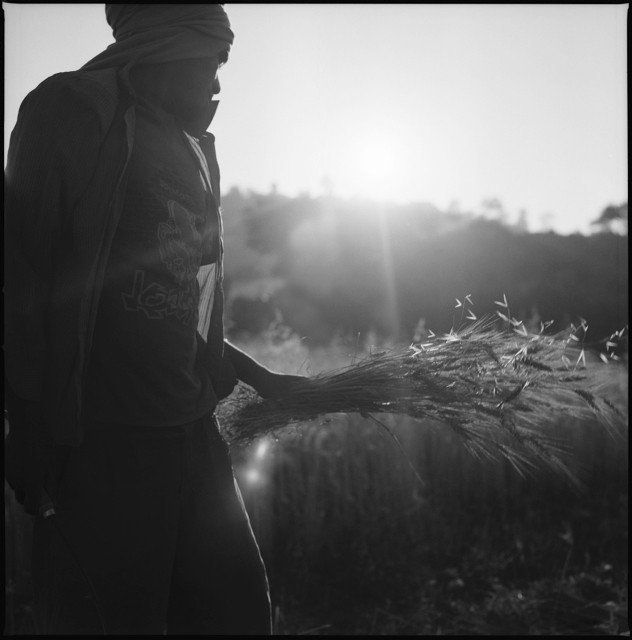
Some projects are so destructive that no reputable actors want to get involved with them. Think of the oil wells in Sudan's conflict zones, China's Three Gorges Dam, and the gas pipelines in Burma. If the price is right, however, some will still be tempted to do business on such projects through the back door. The World Bank is currently taking such an approach with a big credit for Ethiopia's power sector.
The Gibe III Dam, now under construction in Southwest Ethiopia, will devastate ecosystems that support 500,000 indigenous people in the Lower Omo Valley and around Kenya's Lake Turkana. The U.N.'s World Heritage Committee called on the Ethiopian government to "immediately halt all construction" on the project, which will impact several sites of universal cultural and ecological value. In August 2011, the Kenyan parliament passed a resolution asking for the suspension of dam construction pending further studies.
Ethiopia is one of the world's highest recipients of foreign aid, and in spite of a poor record on human rights, Prime Minister Meles Zenawi is one of the darlings of the international community. The World Bank, the African Development Bank and the European Investment Bank all considered funding for the Gibe III Dam in 2009-10. In the end, none of them got involved in a project that caused an international outcry and clearly violated their social and environmental safeguard policies.
The World Bank would like to turn Ethiopia and the Democratic Republic of Congo into regional hydropower "batteries" that can electrify large parts of Africa. Doing so would require the construction of large dam cascades and extensive transmission networks in Eastern and Central Africa. The record of dam building in Ethiopia and the Congo is such that the World Bank is not keen to get involved with these messy projects directly. Instead it plans to pour large amounts of foreign aid into the transmission lines on which the power projects depend.
On June 21, the World Bank is expected to submit to its Board of Directors a credit of $684 million for a 1,000-kilometer-long transmission line from Ethiopia to Kenya. Strong evidence links this transmission line to the Gibe III Dam. The Resettlement Action Plan, an official project document, states that the line "is planned to provide reliable power supply to Kenya by taking it from Ethiopia's Gilgel Gibe hydropower scheme." In a letter to Friends of Lake Turkana, an environmental group, the Bank confirmed in March 2010 that the Ethiopian government had "asked the World Bank to consider providing funding support to the Gibe III hydropower project and the associated transmission lines."
Now that the impacts of the Gibe III Dam have become so publicly apparent, the Bank no longer wants to be associated with it. In a meeting last month with environmental organizations, Bank managers claimed that the transmission line would not be used to export electricity from the mega-dam on the Omo River. The Bank even edited the Resettlement Action Plan and replaced the reference to Gibe by "from Ethiopia's power grid" in its version of the document.
Transmission lines and power projects depend on each other. If transmission lines become a focus of the World Bank's development aid for Africa, the institution needs to clarify where the electricity for these projects will come from. It needs to prove that the power for these systems can be generated without destroying critical ecosystems and violating human rights, in compliance with the Bank's own standards. Organizations such as Christian Aid and International Rivers have documented that Africa's power needs can be addressed without building destructive dams in Ethiopia and the Congo.
On May 21, a coalition of environmental organizations from Kenya, the U.S. and Europe raised these concerns with the World Bank. In a letter to Bank President Robert Zoellick, they argued that "the Bank should not fund a transmission line that would source its power from the Gibe III Dam or from any other project that massively violates its safeguard policies." The World Bank is supposed to reduce poverty, not maximize profits. If a project is so destructive that it cannot be funded directly, the Bank should not support it through the back door of a transmission line.
